Portable fire extinguishers indeed have many benefits to offer. Recent studies have shown that fire extinguishers are effective in putting off small fires. However, most of them leave the mess that should be cleaned up. In some cases, the residue can cause extra damage if it is not cleaned up quickly. Foam Fire Extinguishers produce more residue than other types. There is a need to understand the guidelines for cleaning up the extinguishing residue. This is necessary to ensure there are no safety concerns.
Type of Residue
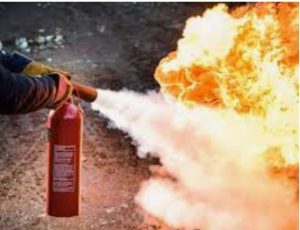 Although fire extinguishers look alike, they are quite different. For instance, they contain a range of chemicals depending on the class of fire they are meant to put off. The nature of cleaning required is dependent on the extinguishing agent used. Also, the extinguishing agent determines the safety precautions and cleanup techniques to be used. Hence, there is a need to understand the type of residue.
Although fire extinguishers look alike, they are quite different. For instance, they contain a range of chemicals depending on the class of fire they are meant to put off. The nature of cleaning required is dependent on the extinguishing agent used. Also, the extinguishing agent determines the safety precautions and cleanup techniques to be used. Hence, there is a need to understand the type of residue.
Safety Concerns
You should note that most extinguishing agents are non-toxic. Nevertheless, there are precautions you should take no matter the fire extinguisher type you use. Some residues can irritate your eyes and skin. Ideally, when doing cleanup, you should avoid coming into contact with the residue. It is advisable to wear rubber gloves and latex to protect your clothing and body.
Dry Chemical Residue
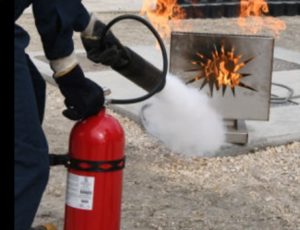 The dry chemical extinguishers are designed to eject a spray of dry chemicals to smother the fire. Some of the chemicals used include sodium bicarbonate and phosphate. When cleaning up this type of residue, time is of the essence. That is because these chemicals can corrode metals and result in excessive damage if cleanup is not done quickly. If the residue is in contact with electrical equipment, it needs to be cleaned up.
The dry chemical extinguishers are designed to eject a spray of dry chemicals to smother the fire. Some of the chemicals used include sodium bicarbonate and phosphate. When cleaning up this type of residue, time is of the essence. That is because these chemicals can corrode metals and result in excessive damage if cleanup is not done quickly. If the residue is in contact with electrical equipment, it needs to be cleaned up.
Dry Powder Residue
The dry chemical powder is widely used in extinguishing class D fires. These are fires caused by combustible metals. They are quite common in laboratories, manufacturing, and industrial premises. Some of the extinguishing agents used include sodium carbonate, copper, graphite, and sodium chloride. Most of these residues are easy to clean, but some might need the help of professionals. For instance, graphite-based residues can easily ignite.
Wet Chemical Residues
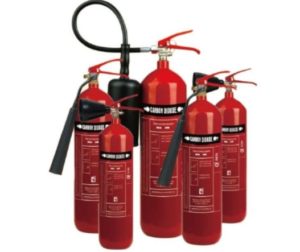 When you use class K fire extinguishers to put off fires in restaurants and kitchens, they generate wet chemical residues. Before you clean up the residue, make sure you turn off all the kitchen appliances. It is advisable to use soap and hot water. Do not use cold water as it can result in a bigger mess.…
When you use class K fire extinguishers to put off fires in restaurants and kitchens, they generate wet chemical residues. Before you clean up the residue, make sure you turn off all the kitchen appliances. It is advisable to use soap and hot water. Do not use cold water as it can result in a bigger mess.…

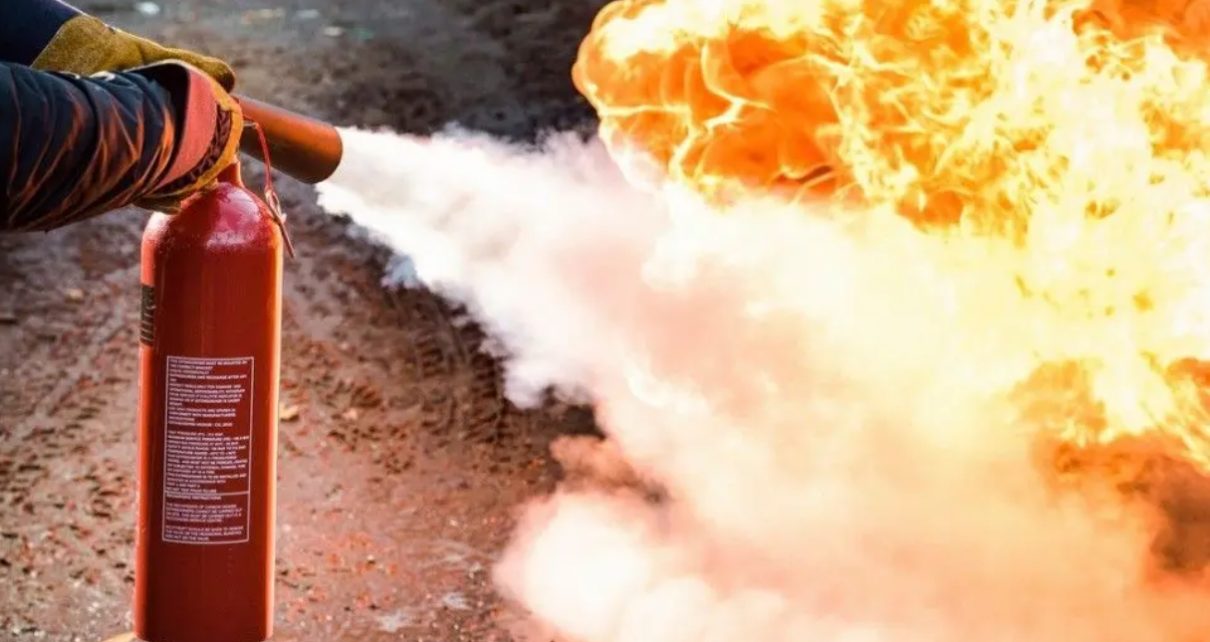

 The very first thing you should ask yourself is how much you will spend on a guitar. Before browsing online or going to the store, the amount of money you want to give away should be in the back of your mind. Depending on the features, make, accessories, and quality of the guitar, they can be expensive. Having a budget will prevent you from overspending.
The very first thing you should ask yourself is how much you will spend on a guitar. Before browsing online or going to the store, the amount of money you want to give away should be in the back of your mind. Depending on the features, make, accessories, and quality of the guitar, they can be expensive. Having a budget will prevent you from overspending. Choosing between an electric guitar or an acoustic guitar depends on the music you want to play. Electric guitars are ideal for rock-and-roll and metal. They are said to be easier to play and can produce a great variety of sounds. However, you will need a few accessories to enjoy the full range of sound. Acoustic guitars are best suited for songwriters, country and blues musicians. Adding a pickup can turn an acoustic guitar into an electric guitar that can play rock. You can also buy an acoustic-electric guitar. You get to enjoy the best of both worlds.
Choosing between an electric guitar or an acoustic guitar depends on the music you want to play. Electric guitars are ideal for rock-and-roll and metal. They are said to be easier to play and can produce a great variety of sounds. However, you will need a few accessories to enjoy the full range of sound. Acoustic guitars are best suited for songwriters, country and blues musicians. Adding a pickup can turn an acoustic guitar into an electric guitar that can play rock. You can also buy an acoustic-electric guitar. You get to enjoy the best of both worlds.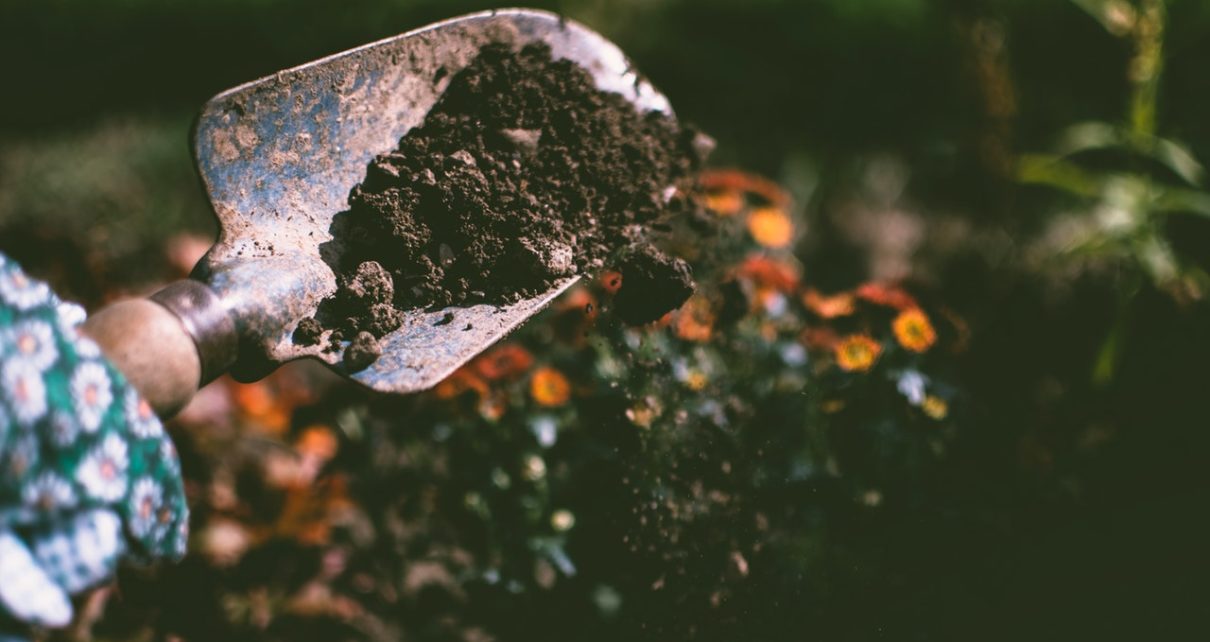
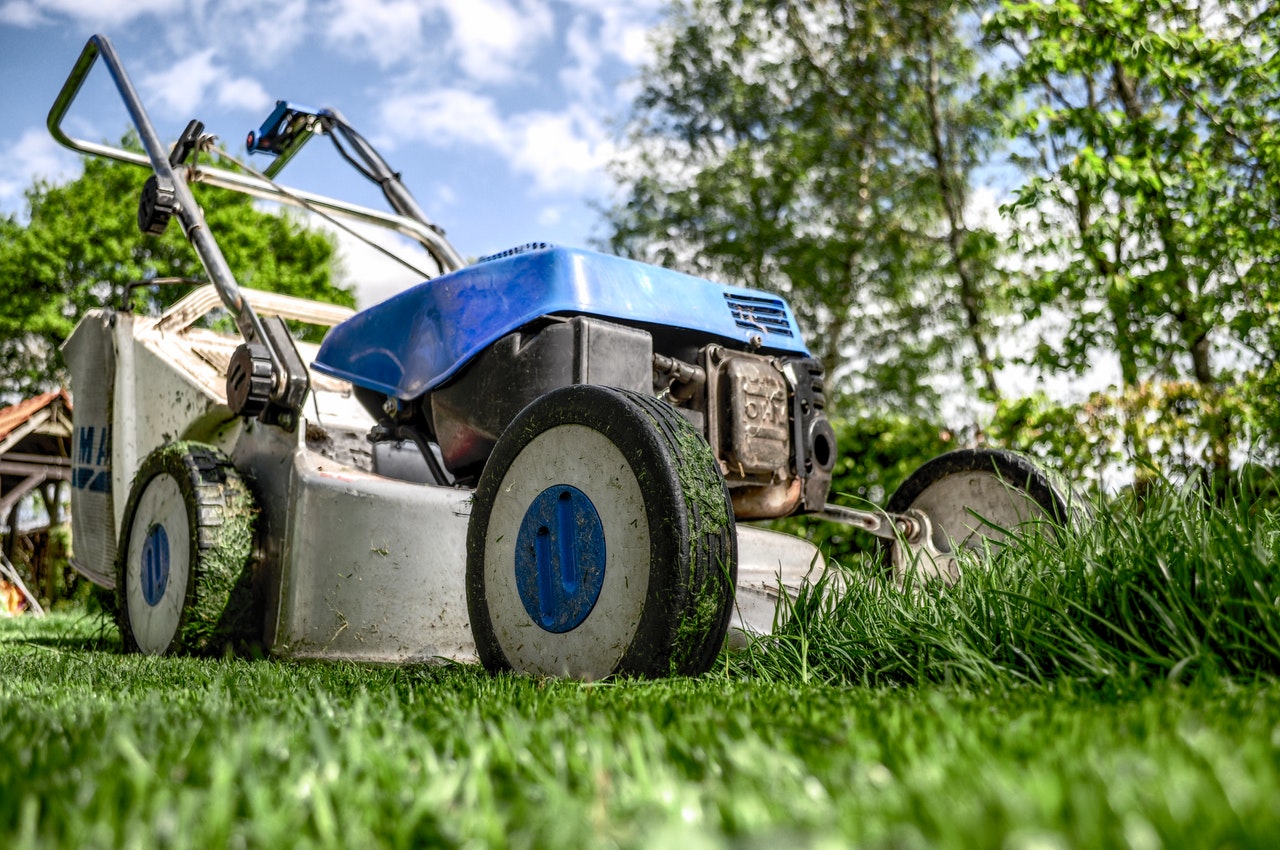
 Shovels, rakes, and garden forks belong to the category of long-handled tools since it allows the users to stand while performing the task with the tools. These items are the ones that every gardener will spend the most time using during the landscaping projects. Thus, it is vital to pick the ones comfortable enough for daily use. Shovels with a fiberglass handle, for instance, is indeed worth all the money since it proves to be light and comfortable.
Shovels, rakes, and garden forks belong to the category of long-handled tools since it allows the users to stand while performing the task with the tools. These items are the ones that every gardener will spend the most time using during the landscaping projects. Thus, it is vital to pick the ones comfortable enough for daily use. Shovels with a fiberglass handle, for instance, is indeed worth all the money since it proves to be light and comfortable.
 Wear correct clothing
Wear correct clothing Make sure you do not operate the machine at high speed. Operate it within the speed limit and at a pace you can control when an emergency arises. Take your time and move around the corners slowly to minimize tipping risks. Remember that once you’re inside the forklift, every damage that will befall the machine will also be felt by you.
Make sure you do not operate the machine at high speed. Operate it within the speed limit and at a pace you can control when an emergency arises. Take your time and move around the corners slowly to minimize tipping risks. Remember that once you’re inside the forklift, every damage that will befall the machine will also be felt by you.